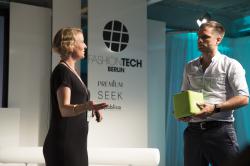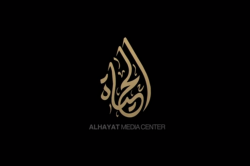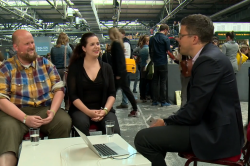haus-rucker_1.jpg

Future City – the concept specifically focuses on life in the city of tomorrow. But as always, within the “present” and the “future”, the element of the past is already included, a base that we build on reliably, that determines our present. From antiquity to modern times, the city has developed differently. Bauhaus, for instance, became exceptionally influential as an architectural, designed response to the challenges of industrialization.
As part of the German Science Year 2015, the #rp15 Sub-Conference Future City will also explore areas of action, finding artistic and genealogical approaches and sustainable architectural designs that harmonize with their environment. The focus is on engaging in a more organic dialogue that respects all of the city’s stakeholders: residents, passersby, and the environment itself.
As a spokesperson for utopian design with a twist, we have invited Günter Zamp Kelp. Formerly a professor at the Berlin University of the Arts, Zamp Kelp was founding member of the Haus-Rucker-Co group HRC, whose works have been picked up in designs by contemporary architects and artists from Tomás Saraceno and Olafur Eliasson to raumlaborberlin.
In the psychedelic candy-coloured 1960s, the Austrian architects Laurids and Manfred Ortner, Zamp Kelp, and the painter Klaus Pinter asked themselves whether living really needed to be the way that practice had suggested since the beginnings of modernism: factual, practical, cubical. They were inspired by space flight, and used bubble-shaped plastic blobs to expand the boundaries of their living room.

Haus-Rucker-Co, Balloon für Two, Apollogasse, Vienna 1967; credit: Haus-Rucker-Co, Gerald Zugmann
The group aimed to redesign perception, not only in their own homes, developing objects that enhance perception or communication. Their interactive “Mind Expanders” and pneumatic air sculptures attracted international attention. While others were taking psychedelics like LSD, HRC initiates could sit on a throne-like seat with an integrated sprinkler helmet, and slip into a transparent “Electric Skin” overall, which would electrically charge the wearer. They also presented a collection of head-dresses with insect eyes, bearing such homely names as “Fly’s Head”, “Vision Vaporizer” or “Drizzler”.
So their choice of non-sustainable petroleum-based materials seems surprising. In parallel with the “Long march through the institutions”, the group has kept evolving in its formal language, and has always integrated the latest scientific findings into its work.
Zamp Kelp says: “In Vienna, the art scene was never particularly political. When we came to Germany, the euphoria of the moon landing was over. Der Spiegel was writing about the destruction of the environment, and the mood was far more serious and critical. And besides, the upbeat euphoria couldn’t have been cultivated forever anyway.” In 1971, HRC spanned an enormous white dome over the “Haus Lange” in Krefeld, originally built by Mies van der Rohe. In view of air pollution increasing, the building suggested, life might soon only be sustained in artificial reservations. It was winter at the time, but through the air warming inside the dome, the roses in the garden started to bloom.
The move to Germany also brought about a formal reorientation in their later works. A penchant for hard materials (steel and concrete, as can still be seen on the documenta site), as well as for edges and angles, is noticeable in the group’s contemporary work. They said farewell to utopia and their “Mind Expander” agendas, which had been more about processing than about construction, more about raising awareness for problems or, quite literally, thought bubbles, expanding perspectives to a broader, more global view.
 Günter Zamp Kelp; credit: Bettina Volke
Günter Zamp Kelp; credit: Bettina Volke
The group dissolved in 1992. Zamp Kelp would later build the Neanderthal Museum in Mettmann near Düsseldorf. Together with his brother Manfred, who had joined the group in 1971, Laurids Ortner founded the architectural design bureau Ortner & Ortner, trusted with the construction of the “Museumsquartier” in Vienna and also with numerous shopping malls, quite a long way from the original Haus-Rucker program.
But that makes this an even more interesting opportunity to discuss how reality and utopia reflect each other in architecture. A house today is no longer just only four walls and a roof for protection, but more of a living machine embedded into a complex urban biosphere. These thoughts are all in keeping with one of Günter Zamp Kelp’s contemporaries, the neo-futurist engineer Buckminster Fuller – who will be present as well, at least in spirit.
We would like to thank Haus Am Waldsee for their kind support in providing us with the images.



